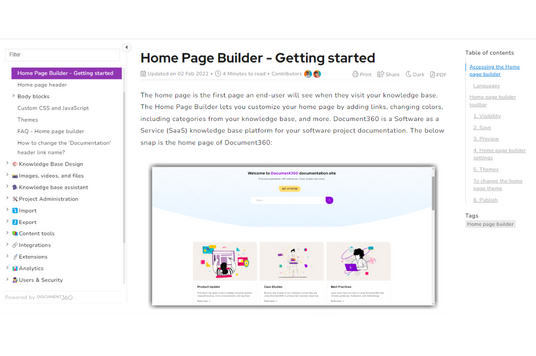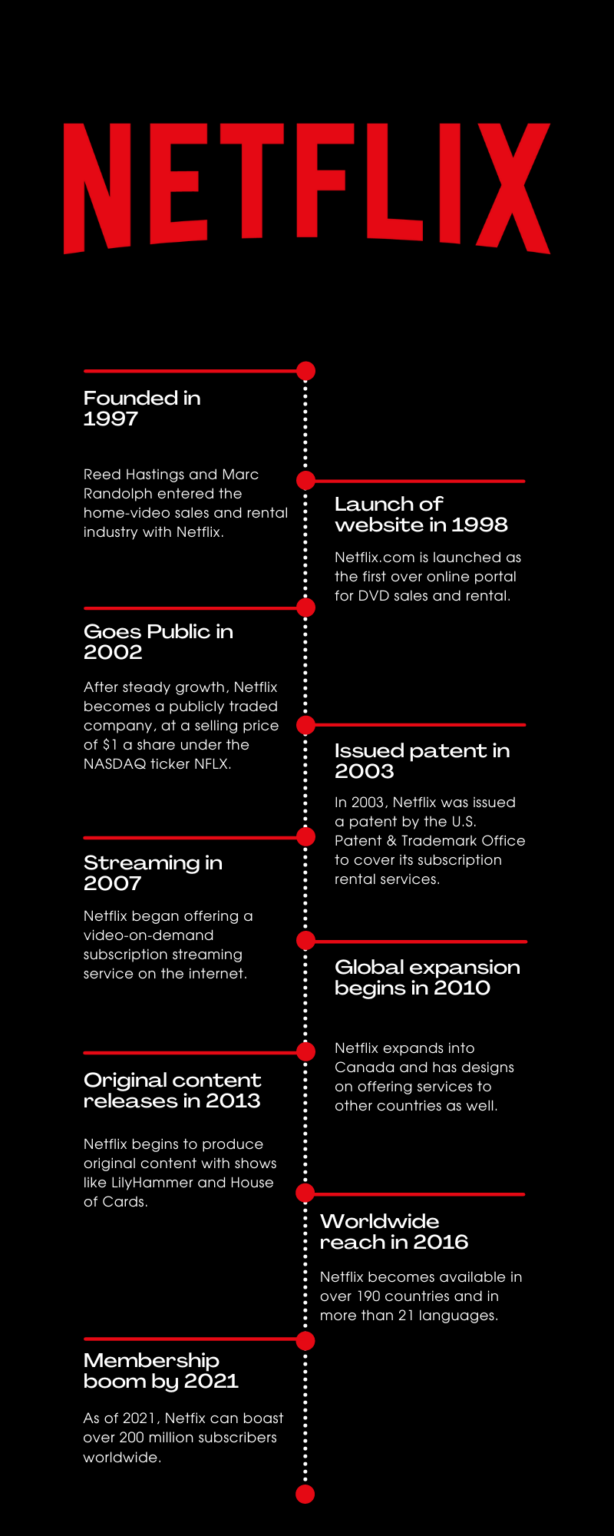Did you know that almost 30,000 new products are launched into the market for customers’ attention each year?
That’s quite a number! Surely, reading this might leave you undecided about launching your product in the market. Some may even fear losing visibility to their competitors.
What makes it worse is how the same study claims that almost 95% of the products launched are likely to fail.
Bringing your product or service idea to life can be quite challenging as many people are already competing to be the best in the market. But other challenges need your immediate attention.
Top Five Challenges Businesses Face During Product Development Process
Let’s explore the top five challenges your business may face when developing a product from scratch.
-
Are we identifying and addressing the right customer pain points?
When ideating a product with your team, this is the first question you must ask. A lot of business owners and product developers come up with product ideas that seem innovative. But are they solving the pain points of a larger audience? What’s worse, some companies end up deviating from the original plan and product idea.
.png?width=536&name=product%20development%20tips%20(2).png)
-
Will the product have the right visibility in a competitive market?
When there is too much competition, there is a possibility that it will take your product a lot of time to become visible to the target audience. This is one of the reasons why it is important to tap into a less competitive space but many overlook this factor which results in poor performance or product failure.
-
How to set the pricing for the product to ensure it gets accepted by the target audience?
Pricing is another challenge that companies face before launching the product. Higher pricing may make the target audience inquisitive but they’ll be strict at assessing the product and its performance. Some companies, post launching the product, end up making adjustments to the pricing to meet the customer expectations.
-
What is the best way to market the product so it reaches more people in the market?
From setting the marketing tone to describing product functionality, there are multiple factors that impact product marketing efforts. And getting the marketing across all platforms right can pose quite a challenge for businesses. You may use social media analytics report to monitor your cross-channel campaigns and engagement to make it a bit easier to manage audience engagement.
These are some of the prominent challenges one may face during the product development process. But with the right tips, you can avert them efficiently.
8 Tips to Help You Tackle Product Development Challenges
When it comes to building products, there are various challenges that you might face. But with the right set of tips, you can successfully get your product developed and launched in no time.
1. Think about your target audience
One of the first things you need to decide on and explore is your target audience. Be specific about who you wish to target and explore their pain points accordingly. This will help you identify the USPs of your product and marketing taglines. It will also help you customize the brand experience, create a custom logo and design altogether
2. Plan what your product does
Product planning is a crucial stage. This is where you can see how your execution will take place across teams. While the intent for the product may be subject to change during the execution process, it is important to plan functionalities with internal documentation so that it does not change during the execution process. Whether you are going for SaaS product development or other types of software, this approach will help your end product still cater to your target audience.
3. Analyze and compare with your competitors
Make sure to compare your existing competitors to understand their USPs and what sets each option apart from their market nemesis. This will help you set your USPs apart and give you an edge during marketing efforts.
4. Plan future upgrades and product roadmap
A product that evolves with time is the one that the majority likes to stick with in the future. So look at all the possible ways in which your product can evolve. Minor or major product feature upgrades and updates can make a huge impact on customers’ experience.
5. Define roles and responsibility
Ensure that each team member is aware of their roles and responsibilities to avoid any operational confusion. With defined roles and responsibilities, you can expect each process to take place smoothly. This will even benefit cross-team collaboration which increases efficiency and productivity.
6. Document each aspect of your product
As you start building each functionality of your product, make sure you document them all in one place. You can use product documentation to help you document all features, how they enhance the user’s output, and the pain points they address.
With product documentation software, you can create a step-by-step guide that helps you explain how each feature is enabled, how it helps once enabled, and how it can be used in different scenarios.

As each update and upgrade takes place to the MVP development of your software, you get to document them as well. Keeping your knowledge repository updated post each upgrade will allow your customers and the customer-facing teams to tackle any doubts about the product faster.
7. Test till you are satisfied
Create a beta version or the minimum viable product and share it with professional product testers to know if your product offers the same functionality that you promise to offer via marketing channels. Make sure to reach out to popular influencers or trusted names that your target audience follows and agrees to word by word. This will help you establish the metal of your product and brand in the market.
8. Identify the right platform to introduce your new product
It is important to choose the right platform where you will hold your first showcasing. After all, the impact it makes will decide the fate of your product for the first few months. If it is a commercial event where other competitors might join and you think you will meet your target audience face-to-face, go ahead and choose it.
If you think taking the launch online via an established eCommerce platform is your go to idea, don’t hesitate and do it. You can also explore various ways that your competitors chose to introduce their products in the market to avoid repetitiveness.
Real-Life Examples of Product Development to Keep You Inspired
Now that we’ve explored a list of tips that can simplify the product development process for your business, it is time to take a look at some of the note-worthy brands who brought their products to life with the right planning and strategy.
1. PopSockets
What started as a comfort accessory for smartphones turned out to be one of the best B2C and is now a B2B business idea. David Burnett’s idea was to create a phone accessory that helps smartphone users hold and operate the device using one hand. Since 2012, the product has only evolved:
.png?width=536&name=product%20development%20tips%20(1).png)
Source: PopSocket
And now, the business has entered the B2B space by offering businesses the liberty to create custom designs for their popsockets and mounts.
2. Apple
Apple has come way ahead of Steve Jobs’ revelation of a phone, iPod, and internet communicator. It is now one of the most-desired gadget brands across all continents. This was made possible due to their visionary idea to bring touch screen phones to life. They inspired other brands to enter the touch-screen mobile phone market.
From changing the definition of a business phone system to bringing in the design and tech revolution, Apple can safely be called the trendsetter of the gadget market. Their product ideas haven’t been limited to a smartphone. When they brought in the first Macbook Air, they ended up challenging a lot of their competitors to build a laptop that’s lightweight, fast in performance, and matches the design standards.
Also Read: 6 Reasons Why Mobile-first Approach Is Crucial Today
3. Netflix
Who would have thought that a DVD mail rental business that started in 1997 would become the world's leading entertainment streaming platform today? Netflix has made that leap and breakthrough in its services by stepping up its game in bringing the best shows, films, and documentaries to people in the comfort of their homes via connected TVs.

Source: The Envoy Web
Their product evolved and upgraded according to the growing needs of their target audience. What’s more, they aren’t just interested in getting new subscribers onboard. They have a strong retention strategy that helps them grow their sales and profits at a faster rate. Netflix is the perfect example of how a business should think about product evolution and growing its profits ten-folds.
Start Working on Your Product & Bring it to Life
Having an idea about a product and gearing up to bring it to life are two different things. Till the time a product is just an idea, you don’t worry about how it will turn out to be or whether it will be a success or failure in the market. But these concerns become a ground reality when you start building that very product with a team that holds you accountable.
To ease your concerns, we’ve listed a few tips that will allow you to plan and execute the product development process hassle-free. We hope these tips help you develop and bring your idea to life.












.jpg)
![8 Effective Product Development Tips You Must Explore [+Examples]](https://www.classicinformatics.com/hubfs/product%20development%20tips%20%283%29.png)



![8 Effective Product Development Tips You Must Explore [+Examples]](https://www.classicinformatics.com/hubfs/SaaS%20development%20lifecycle.png)
![8 Effective Product Development Tips You Must Explore [+Examples]](https://www.classicinformatics.com/hubfs/Design-Thinking.png)
![8 Effective Product Development Tips You Must Explore [+Examples]](https://www.classicinformatics.com/hubfs/AI%20Development%20Company_%20Feature%20Image.png)




